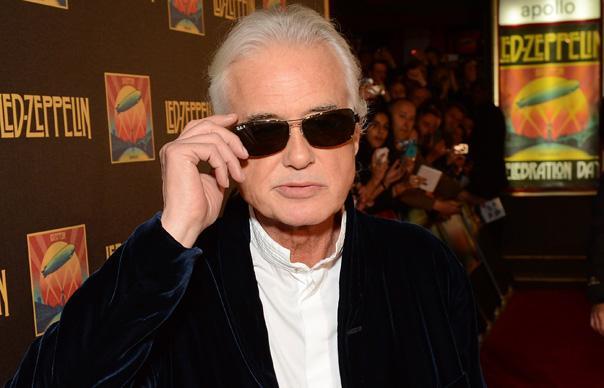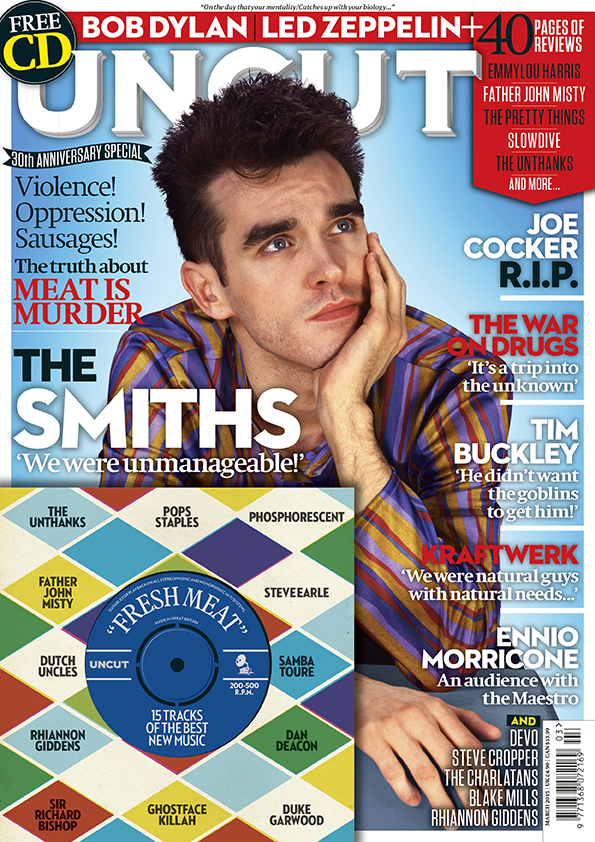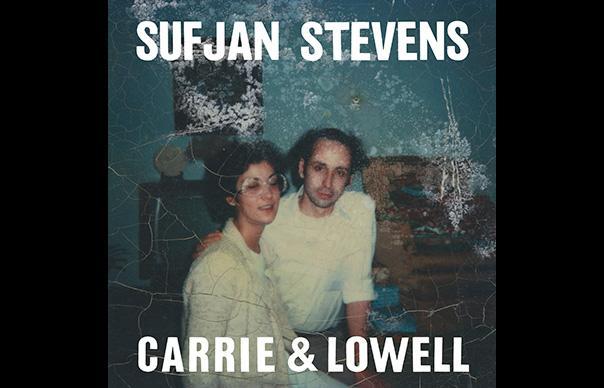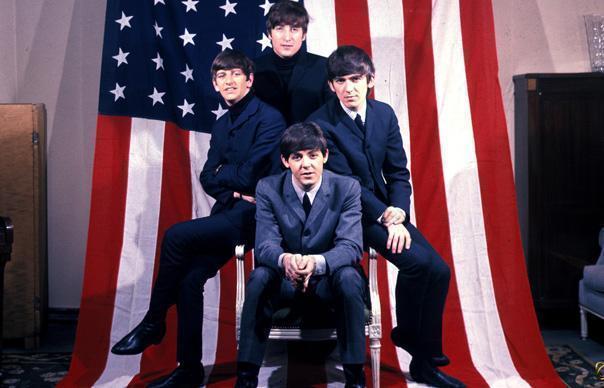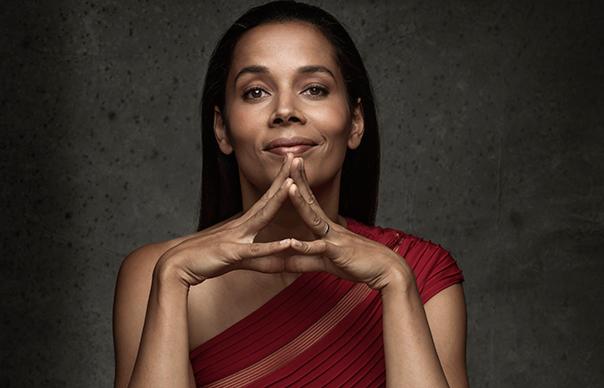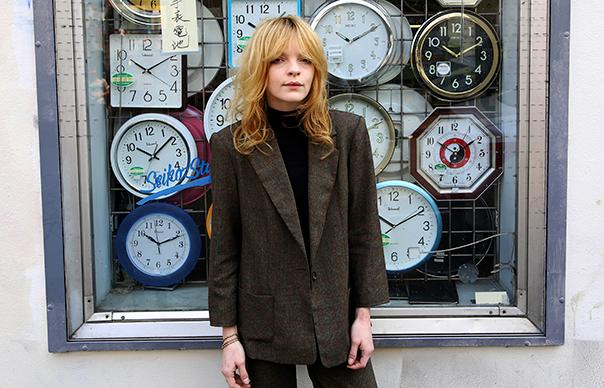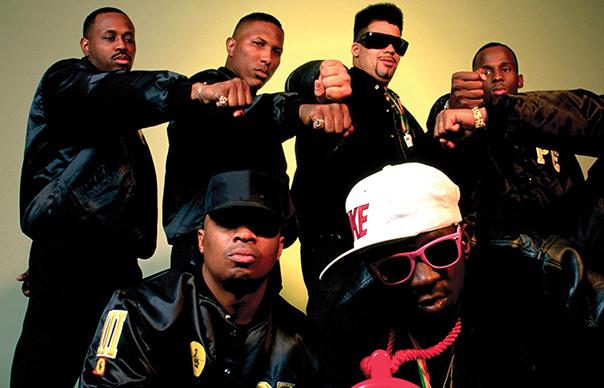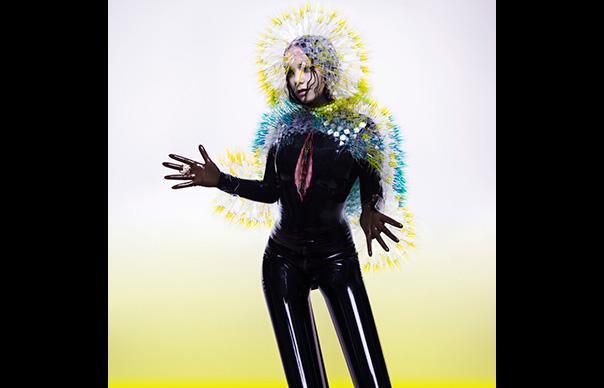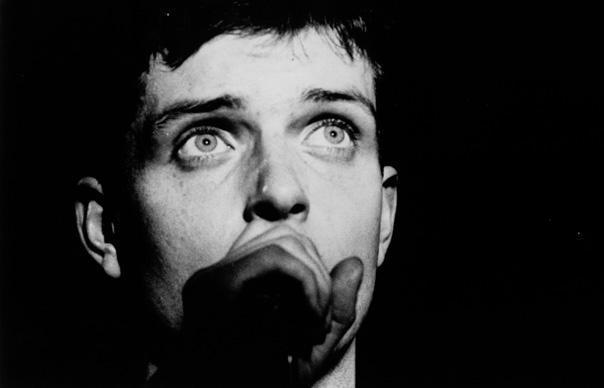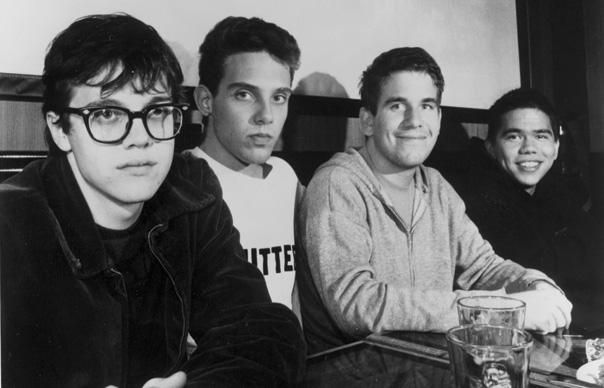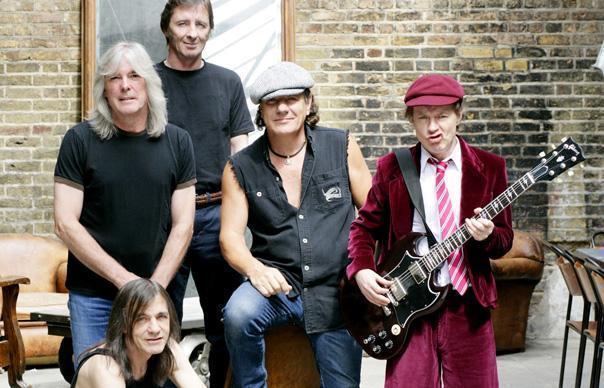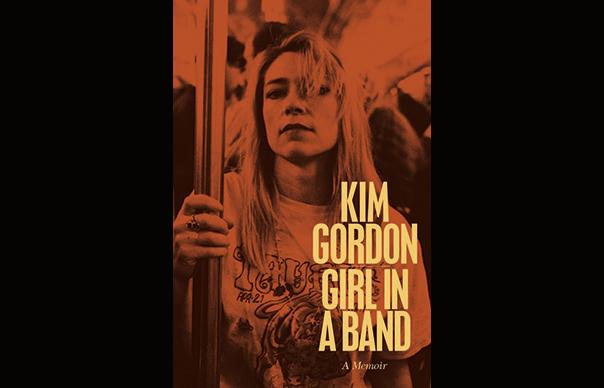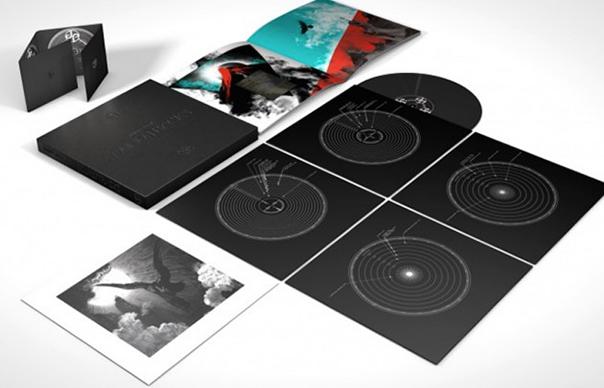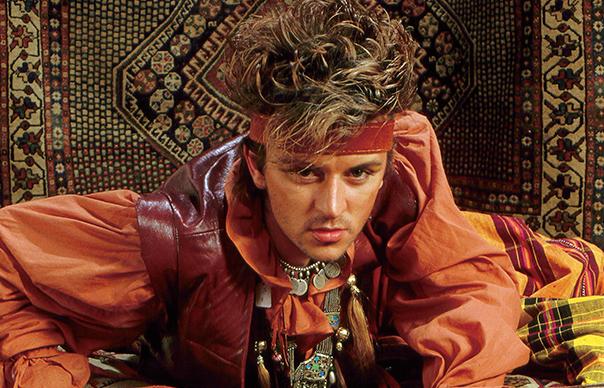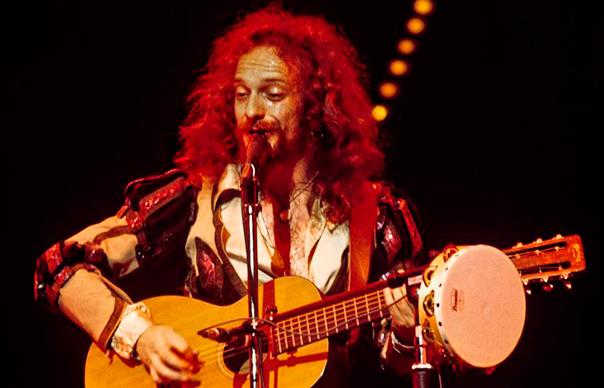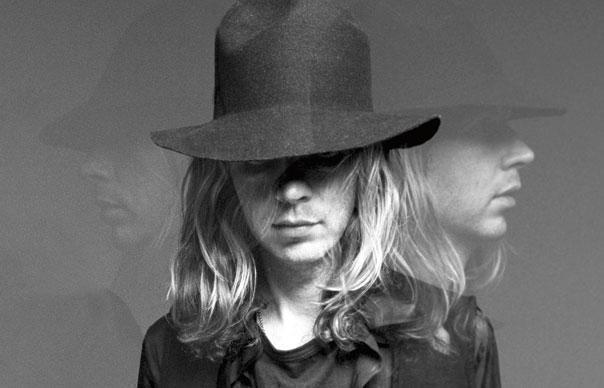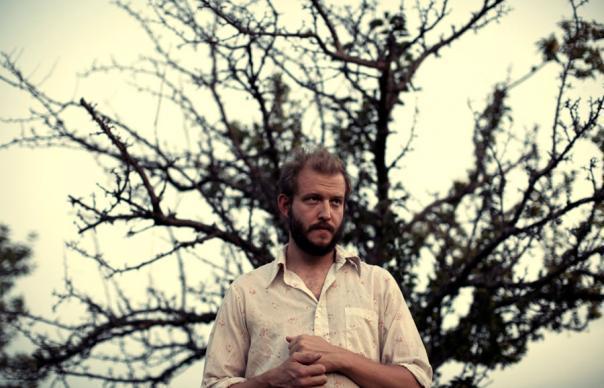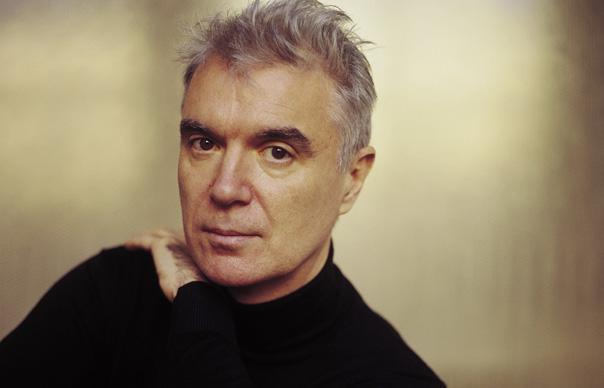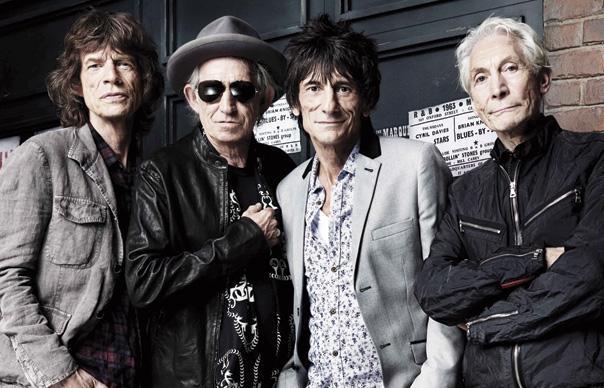Playwright, novelist, activist, actor… when Steve Earle has found a moment over the past couple of decades, he has also managed to string together a superb, genre-confounding series of albums. He’s embraced rebel country, rockabilly, protest folk, orthodox bluegrass and blues, and even modern beats. It’s a CV that looks even more impressive when you consider the proportion of the early ’90s he spent stoned, imprisoned or in rehab. In this feature from the archives (Uncut’s December 2007 issue, Take 127), he’s in fine form, and as unstoppably garrulous as ever… Interview: Andrew Mueller
____________________
GUITAR TOWN
(MCA, 1986)
Sharp lyrics and smoky, folky blue-collar country marked his long-overdue elevation from jobbing Nashville songwriter to “overnight” success
Steve Earle: “It’s almost embarrassing how much I still listen to my old records, but it’s harder for me to listen to those first three or four – the way they sound is tough for me now. It was the ’80s, and those are all digital records. I was 31 when this came out, and it was a big deal for me – I’d given up on it happening, several times, and then it happened by accident. I started a rockabilly band, then the Stray Cats broke, and all of a sudden people were running around Nashville looking for a rockabilly band, and that got people looking at me seriously as a recording artist for the first time.
“There was a point at which I’d totally lost confidence in myself as a songwriter. Seeing the [Bruce Springsteen] Born In The USA tour really focused me. I wrote ‘Guitar Town’ to open the record and open the show – a real first-person song, stating where I was at. I didn’t think it was a great song, but I knew ‘My Old Friend The Blues’ was a great song. I don’t recall exactly, but I know it took less than a day to write. And I gave myself the rest of that day off.”
____________________
COPPERHEAD ROAD
(MCA, 1988)
His third album, and his first certifiable classic, featuring firebrand roots-rock, heartfelt politics – and The Pogues!
“There’s things about Copperhead Road I really love, but… there’s all these records where the drums are way too loud in Nashville now which are kind of my fault. Well, mine and Hank Williams Jr’s. So I have a certain amount of guilt about the way it sounds.
“It’s a very, very, very political record, and it got me identified with Springsteen, Mellencamp… songwriters like that. It was politics on a real personal basis, how economics – which are politics – affect regular people. But Copperhead Road is about Vietnam. It’s my post-Vietnam record. My generation was shaped by Vietnam more than anything else, and it’s me finally regurgitating that. We were all delayed in doing it – there was a certain amount of post-traumatic stress affecting the nation. My friends that served had only started talking about it. There’s a reason why Platoon appeared when it did, why all this stuff appeared late.
“I never felt politically constrained by being a country singer, but then I never saw myself as a country singer in the sense of… well, there was a moment where I thought that maybe I could save country music, but better people than me had tried, and anyway country music didn’t want to be saved. It’s an environment totally hostile to singer-songwriters. They hadn’t wanted anything to do with Hank Williams, and every ounce of their energy has gone into making sure another one never happens, because they can’t control it.
“I wrote ‘The Devil’s Right Hand’ in 1977. It’s the only song I’ve recorded more than once, and now I’ve recorded it three times and I’ve finally got it right – the version on the Brokeback Mountain soundtrack. I came so close to having a Johnny Cash cut so many times, and he finally recorded ‘The Devil’s Right Hand’, and it ended up on Unearthed. The Highwaymen [Cash’s supergroup with Waylon Jennings, Willie Nelson and Kris Kristofferson] recorded it before that. Waylon Jennings did it before that. And, you know, Johnny and Waylon and Emmylou Harris were the only people who wrote me when I was locked up. It’s a huge honour to hear a song of mine sung by those kind of people. The people who mattered to me in Nashville knew how good I was.
“The thing with The Pogues – ‘Johnny Come Lately’ – happened because I was in London, touring with Green On Red. I was a huge fan, and I was asked if I wanted to go to Abbey Road to meet The Pogues, where they were recording demos for If I Should Fall From Grace With God. After that, we’d start bumping into each other around the world. Copperhead Road was pretty much done, but I’d written ‘Johnny Come Lately’, and I flew to London to record it. The rehearsal was four nights on stage at what was then the Town & Country club, and we recorded it on St Patrick’s Day. I went back to the States the next morning. The Pogues were playing again that night, and at the moment that was normally my spot in the show, Terry Woods introduced me. I was halfway across the ocean.”
____________________
EL CORAZON
(Warners, 1997)
After the smack, the jail stretch and the rehab, a return to brilliant songwriting. By turns intensely personal and political, it’s the sound of Earle bravely casting out his early-’90s demons…
“After getting out of jail and rehab, I’d made Train A-Comin [1995], an acoustic record, something I’d always wanted to do and MCA wouldn’t ever let me do. And I Feel Alright [1996] was about half-written at that point. By El Corazón, the band had solidified somewhat, the recording version of it anyway, and it was the first record that was made where pre-production consisted of banging out songs at soundchecks, because we were touring so much.
“‘Christmas In Washington’ was written watching the election returns the second time Clinton was elected, and starting to realise how badly we’d been had. And as political as the song is, it’s also one of the most intensely personal songs I’ve ever written. That song is about heartbreak. And I was busy trying to stay alive. I was trying not to shoot dope, and it was still really hard. I mean, I still have to go to meetings and call my sponsor, 13 years after I stopped, but then all that was relatively new. I had less than three years clean.”
____________________
THE MOUNTAIN
(Grapevine, 1999)
On the search for that high lonesome sound – a righteous collaboration with bluegrass kingpin Del McCoury and his legendary band
“I was sitting in with Del McCoury at the Station Inn in Nashville one night, and I just asked him, straight out: ‘If I wrote a record of bluegrass songs, would you guys accompany me?’ And he said, ‘Yeah.’ Eleven months later, I had the songs ready.
“Looking back now, I think it’s a weird album. It’s a bluegrass record recorded like a rock record, every bit as heavily compressed as all the other records I made in that period – there’s lots of low end, lots of bass, which you don’t hear on bluegrass records.
“Bluegrass had always been a part of what I did. El Corazon was a long tour, we were out for a year and a half, and whenever I was back in Nashville for two or three weeks I’d hang out at the Station Inn, listening to a lot of bluegrass. It’s my favourite kind of music. I can’t ever inhabit it – I’m not a good enough musician.
“But I did, I think, make a credible bluegrass record. There are people in bluegrass who don’t think so, but they’re wrong, and there are plenty of people I respect in bluegrass who do think it’s credible.”
____________________
TRANSCENDENTAL BLUES
(Artemis, 2000)
A lovesick Earle cuts his “chick song” album – a softer record, tinged with a baleful Irishness…
“I was spending more time in Ireland. I spent about four winters in a row in Galway. It was great. All the musicians were in, and all the Riverdance companies had shut down for the winter. The Waterboys had released Fisherman’s Blues, and that record… well, I think I’m more an influence on The Waterboys than The Waterboys are on me. Or, rather, that we’re influenced by the same things. But I was a huge Waterboys fan.
“I’d fallen for a girl in a big way, and this was written in a period in which I was really in love. I wouldn’t be a girl that had to live with me, because there’s a certain amount of debris that she has to step over every show I do. The woman that I’m married to [Earle wed Allison Moorer – his seventh marriage – in 2005; they separated in 2014] is a performer herself, and we tour together, because we want to stay married. So I have to play all those songs with her standing on the side of the stage every night.
“But you can’t worry about that too much. I can’t be responsible for what anyone wants to read into the songs. That’s why they’re called records – it’s where you were at a particular time.”
____________________
JERUSALEM
(Artemis, 2002)
A provocative reinvention of the protest song for the War on Terror, with “John Walker’s Blues” – about Californian Taliban wannabe John Walker Lindh – prompting some entertaining foaming from the US media…
“‘John Walker’s Blues’ is one of the best songs I’ve ever written. My connection to John Walker Lindh’s story was fatherhood – my son is the same age. John Walker’s father introduced himself to me about a year ago in San Francisco and shook my hand, and said it was appreciated, and that made it all worth it, so fuck everyone else. I was empathising with Frank Lindh. It leaked a month before the record came out, and all hell broke loose.
“The guy that wrote the story [the New York Post’s front-page lead screamed the headline ‘Twisted Ballad Honours Tali-Rat’] wasn’t right-wing at all. He was just a stringer who wrote for the Post, and he knew what he had to write, so he did. And then – because he’s also a songwriter – turned around and sent me a CD.
“The rest of Jerusalem… I wanted us to look at ourselves and the fact that what we were doing and had become was at its core racist, mean, and toxic. But the title track is optimistic. And I am optimistic. If I wasn’t, I’d just write chick songs and make a lot more money.”
____________________
THE REVOLUTION STARTS… NOW
(E-Squared, 2004)
A blisteringly downbeat State of the Union address, delivered with utter, angry conviction
“I believe our constitution is an accident. It’s a much hipper document than its framers intended it to be. It wasn’t about a revolution – it was written by rich English farmers who didn’t want to pay taxes. But I do believe it’s what we will be remembered for. I’m a socialist first and foremost. I don’t have a nationalist bone in my body, period. My ideal world doesn’t have any lines on the map, at all. But as long as we have countries, sometimes you have to draw lines – you just have to keep in mind that really powerful people don’t see those lines, and never have, and cross them at will.
“I’m not becoming more radical on this and Jerusalem, because my politics never could have got any further to the left. What ebbed and flowed was what I did about it. I don’t believe that there’s ever going to be a socialist revolution in the US. That’s what separates me from [US journalist, bolshevik activist and subject of the film Reds] John Reed. And I think the lesson of Reed was that he was more effective as an artist than a politician, and that’s why he ended up buried in the Kremlin wall rather than making much difference in the long run.”
____________________
WASHINGTON SQUARE SERENADE
(New West, 2007)
Earle’s latest is a surprisingly beat-driven hymn of devotion to the new missus, and a new home in NYC
“I moved to New York two years ago. And I tested positive for ProTools, finally. I bought a computer, loaded it up with software, brought a couple of microphones from home, and started messing around with that. I’ve always been interested in hip-hop – there was a point at which, because of where I had to go to get drugs, it was pretty much all I heard.
“I put it away for a while to work on my new novel, and the record got to be more New York, and folkier. ‘Satellite Radio’ is arguably the most commercial song on it, but no commercial station will play it because they’re terrified of satellite radio! ‘Sparkle & Shine’ – I was standing in this gorgeous venue, watching my wife perform, had half of it written in my head, wrote the rest when I got home.
“Ultimately, it’s the way my experiences are the same as anyone else’s that affords me any success. That’s where it comes from. It’s not because I’m a heroin addict, or people think I’m a badass. That’s not what people identify with. It’s that being lonely’s lonely, travelling’s long, and love hurts.”
Photo: Ted Barron


